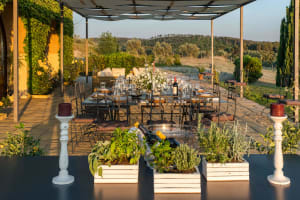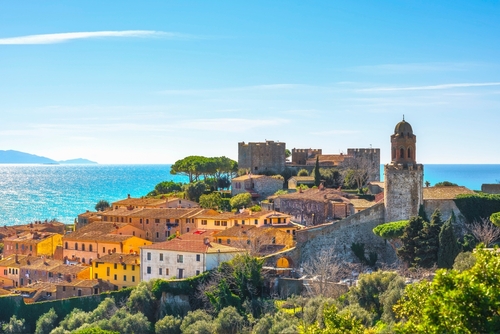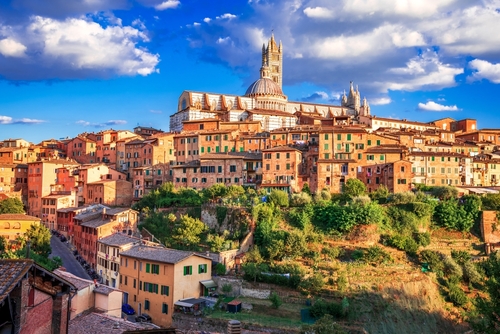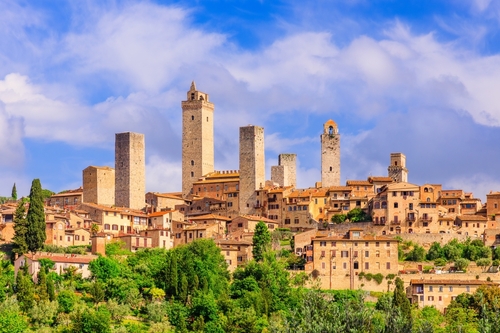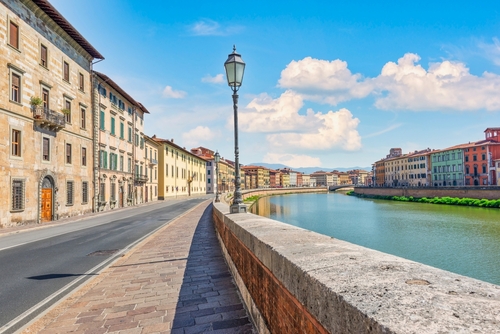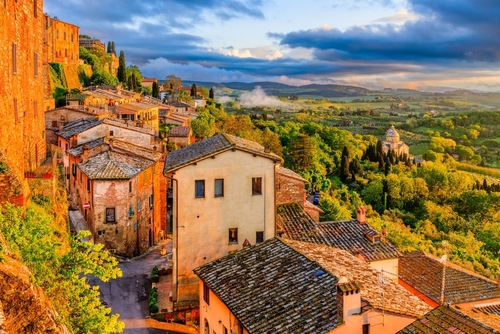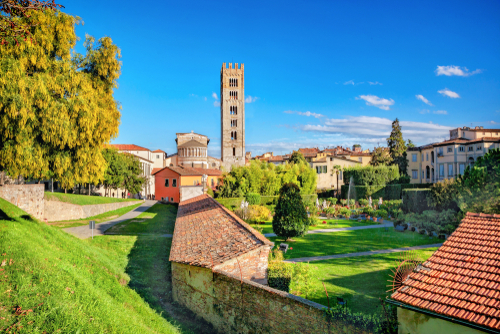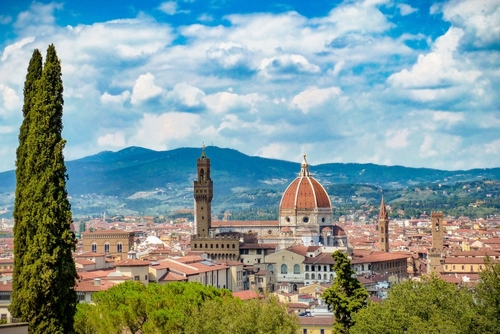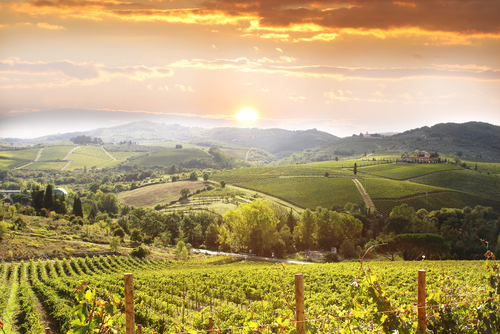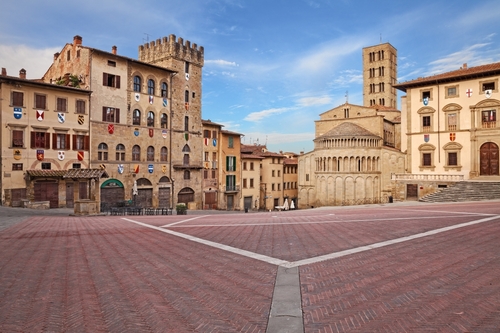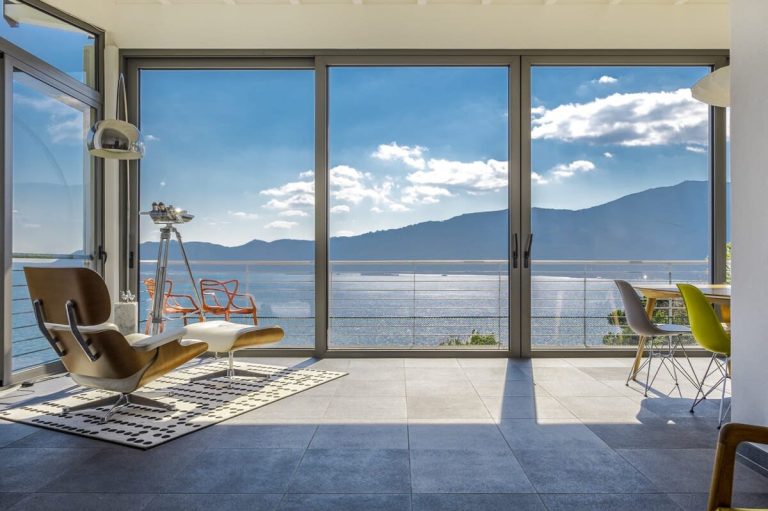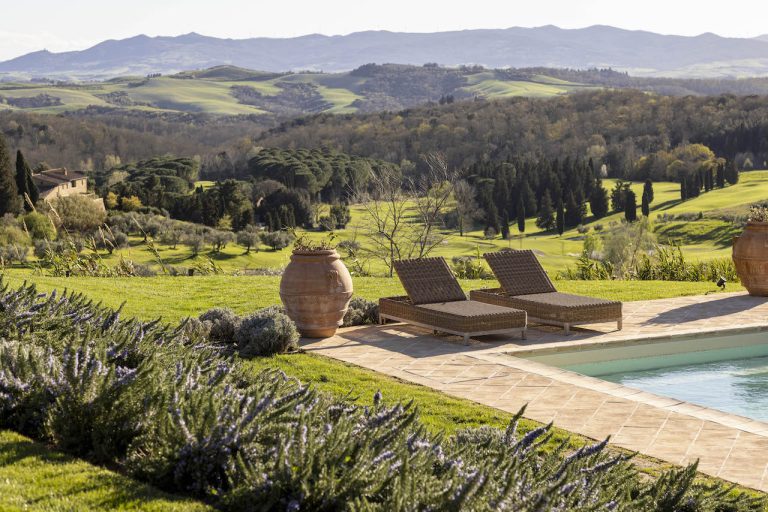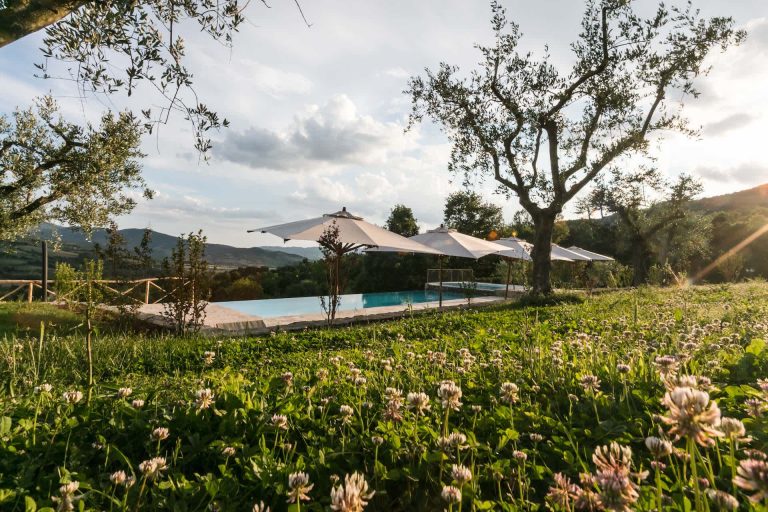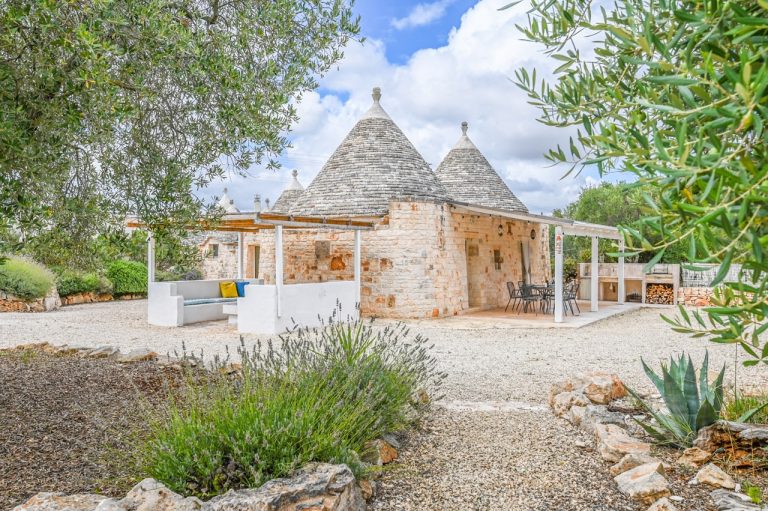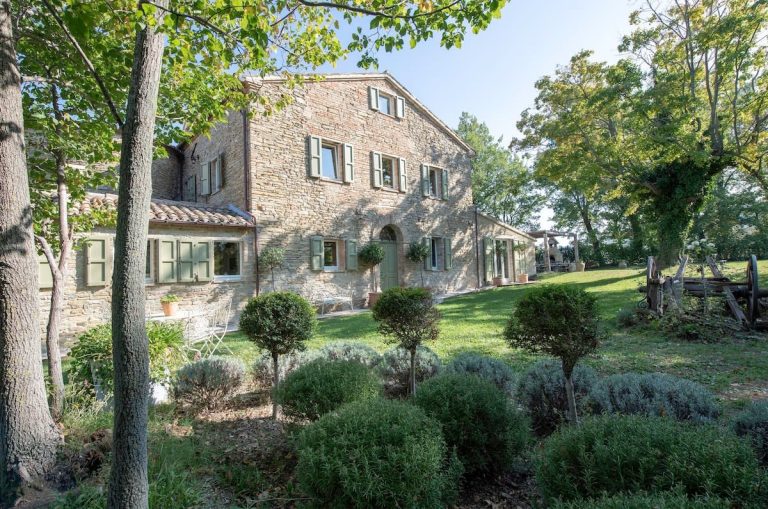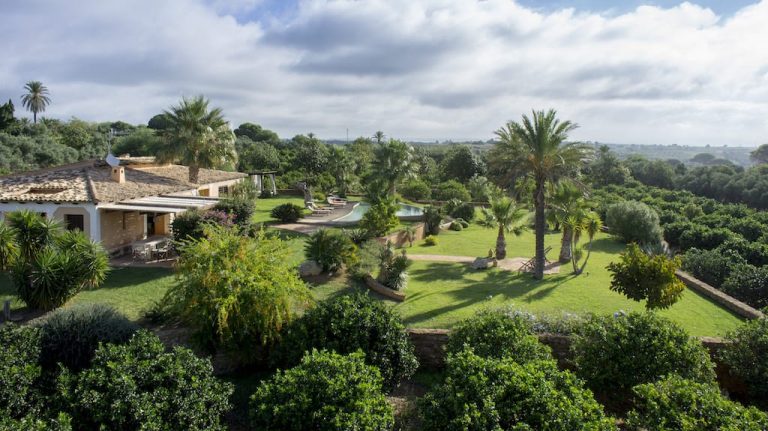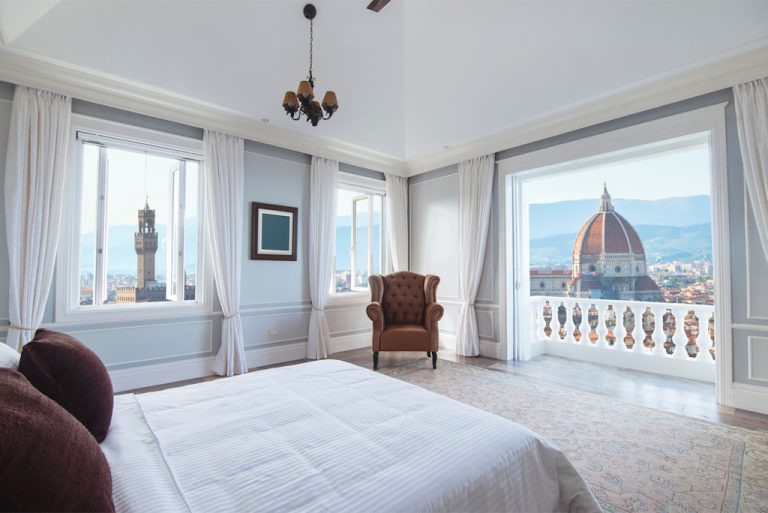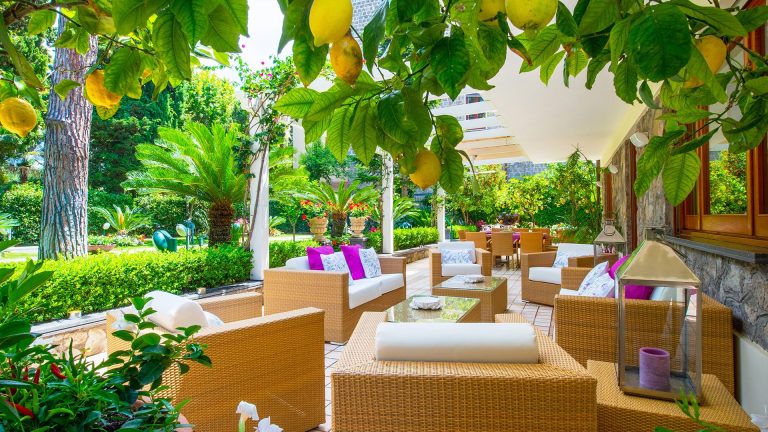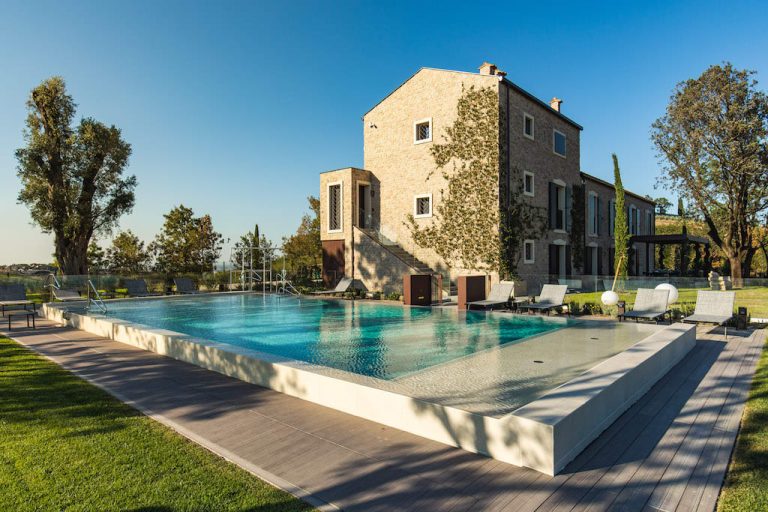Luxury Villas in Pisa
Pisa is synonymous with the leaning tower. Attracting over 5 million visitors each year, the tower is Italy’s second most visited tourist attraction. And yet there is so much more to the city of Pisa than just its tower. In fact, even within the Piazza dei Miracoli itself, there is so much more to discover than just the tower. There is also the Campo Santo, the Cathedral and Baptistry. The city also boasts an impressive array of churches and museums to discover along with beautiful botanical gardens, pretty piazzas and Medieval palaces.
And there is so much more to the region of Pisa than simply the city of Pisa itself. The landscape of the Pisa region is typically Tuscan, characterised by rolling hills separated by wide plains and rivers. It’s home to precious thermal waters, beautiful beaches and some of Tuscany’s most picturesque towns and villages.
These Pisa villas are all situated within the Pisa region of Tuscany.
Refine and personalise your results
EXCELLENTTrustindex verifies that the original source of the review is Google. Cassina Rossa in Forte Dei Marmi was a perfectly located villa to enjoy all things Forte & truly feel like a local! The communication with the owner and her representatives was so easy and they were VERY helpful with anything we needed during our stay. We so enjoyed waking up every morning and either taking our coffee intown while it was super quiet and watching everything wake up around us or on most mornings we rode the bikes that were supplied to us to the wonderful market that was literally down the street and picked up anything we needed fresh for the day. The kitchen was beautifully equipped and we made espresso most mornings and either sat outside on ground level patio or on the roof top overlooking the mountains. It was comfortable enough to have lunch and dinner at home a couple of times and fun setting a beautiful table with their pretty dishes, linens, etc. Having Bagno Vasco the very authentic classic beach club included was a dream and a big savings! Great food, easy location to bike or drive to and the position of our chairs, umbrella and sunbed right next to the sea was great. We were there for over 2 weeks and for a nominal amount he supplied us with their towels each day so we didn’t have to bring back and forth. The villa’s proximity to the center of town can’t be beat. It’s quiet enough to be a bit removed and beautiful to see the mountains whenever walking or riding home but so close to all the wonderful restaurants & very upscale & unique shops. Forte has such a unique vibe day and night especially on market days (Wednesday and Sunday). The markets are so full of clothing, housewares, etc that you’ll need to bring an extra bag or ship stuff home. People come from everywhere to take advantage of it. The location of Forte Dei Marmi is so central and close to other towns like Pietrasanta up in the hills which allows you to experience a completely different more typically Tuscan area within a short 15-20 min drive and it’s also very close to Lucca, Pisa & Carrara (where they get the marble) only 1 1/2 hours from Florence and Portofino if you are staying longer and want to take some wonderful daytrips. Forte Dei Marmi doesn’t have the dramatic coastline of the Amalfi coast but the beauty of looking one direction and seeing the beaches and looking the other and seeing the stunning mountains including Carrara is truly unique and offers its own special beauty. Another plus is that it is very flat so much easier than many Italian towns to walk and ride bikes which everyone does everywhere. It’s fun to see everyone (mostly Italians which we loved) fully dressed for dinner on bikes as it’s truly the chosen form of transportation for the young and old. We can’t wait to return!!Trustindex verifies that the original source of the review is Google. Jo at Bookings for You is absolutely wonderful to work with. We have booked properties in Sorrento and Sicily over the past two years (2022 & 2024) and have not been disappointed. The properties were 1st class and just phenomenal. Jo lists only the best based on; location, amenities, condition & cleanliness. I highly recommend Bookings for You when planning & booking your stay in Italy; you won't be disappointed. First class service and first class properties!Trustindex verifies that the original source of the review is Google. Great service , prompt and efficient responses to enquiries . Villa was just what we wanted for a family holiday , and Fiona was a great asset ! ThanksTrustindex verifies that the original source of the review is Google. We have just spent a fabulous week in Villa Speracedes booked with Bookings for You. Bookings for You provided excellent communication with us both prior to and during the trip to ensure that everything ran as smoothly as possible for us. The apartment was great: comfortable, very well equipped and the terrace was fabulous with a seating area for meal times, comfortable loungers to relax on and down the steps, loungers beside the pool. All having magnificent views across the valleys. Highly recommended!Trustindex verifies that the original source of the review is Google. Fabulous stay in Villa Assisi - a big villa with private pool in a hotel resort complex. It was very peaceful, despite a very central location, and the pool was a fantastic luxury given the super-hot temperatures. We were able to use the hotel facilities, such as the tennis court and bicycles, as well, so it felt like the best of both worlds. We were well looked after by Bookings for You too. Highly recommended.Trustindex verifies that the original source of the review is Google. An amazing place. Had such a great stay with my family and the hosts were so helpful all along. Thank you!Trustindex verifies that the original source of the review is Google. The villa is Beautiful. The staff wonderful especially the chef and Benne. Daniela is a wonderful host. Our family had a wonderful time Thank youTrustindex verifies that the original source of the review is Google. Absolutely fantastic from start to finish! We had the most amazing holiday at Golfo Gabella on Lake Maggiore and will definitely be rebooking for next year 😊
Towns & Cities in Tuscany
About Pisa
Pisa is both a city and a comune (province) of Tuscany. It is situated in the west of Tuscany, bordering Livorno, Lucca, Florence, Grosseto and Siena.
Towns and villages in Pisa
Of course, the city of Pisa is famous the world over for its Leaning Tower. But there is so much more to the region of Pisa than just its principal city. The Terre di Pisa is scattered with numerous Medieval villages nestled between its rolling hills. Some of our favourites include San Miniato, Vicopisano, Calci, Chianni, Buti, Terricciola, Palaia, Peccioli and Lari. The latter is a particular favourite of ours as it is home to the Martelli pasta factory.
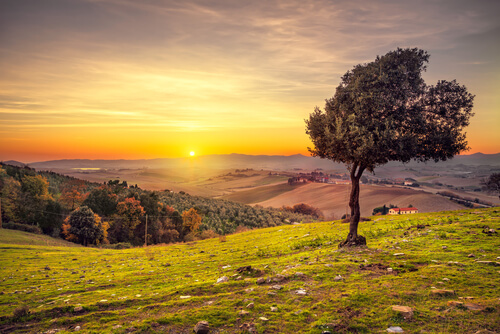 This pasta factory is just one example of the strong tradition of agriculture and food production in the Terre di Pisa. If you think you can’t taste the difference between one pasta brand and another, think again! Martelli’s pasta is second to none! Once you’ve purchased your pasta, head to San Miniato, the capital of the white truffle, and then to Buti to pick up some olive oil to accompany it! The olives around Buti are still harvested using traditional methods and, as a result, Buti is famous for its Tuscan extra virgin olive oil IGP. For your secondo piatto, it’s worth driving to Chianni. This village is known for the traditional dish of wild boar with olives, a recipe that is handed down between generations. And then pay a visit to Terricciola renowned for its winemaking and hosts of the annual White Night of Wine.
This pasta factory is just one example of the strong tradition of agriculture and food production in the Terre di Pisa. If you think you can’t taste the difference between one pasta brand and another, think again! Martelli’s pasta is second to none! Once you’ve purchased your pasta, head to San Miniato, the capital of the white truffle, and then to Buti to pick up some olive oil to accompany it! The olives around Buti are still harvested using traditional methods and, as a result, Buti is famous for its Tuscan extra virgin olive oil IGP. For your secondo piatto, it’s worth driving to Chianni. This village is known for the traditional dish of wild boar with olives, a recipe that is handed down between generations. And then pay a visit to Terricciola renowned for its winemaking and hosts of the annual White Night of Wine.
Things to do in Pisa
Of course, no visit to Pisa would be complete without seeing the Leaning Tower. The tower stands at just over 56 metres tall on its highest side and just under 56 metres on its lowest! It’s worth climbing up and down its 2 staircases (there are 296 steps on the south side and 294 steps on the north) to enjoy the incredible views from the bell chamber at the top.
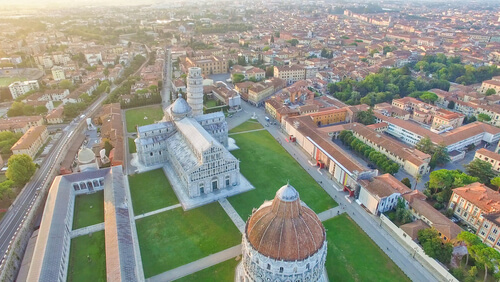 However, just as there is so much more to the region of Pisa than its principal city, there is so much more to Pisa itself than just the Leaning Tower. Whilst we fully appreciate that the tower is going to be at the top of everyone’s bucket list, we definitely recommend you allow the time to explore the more hidden side of Pisa too.
However, just as there is so much more to the region of Pisa than its principal city, there is so much more to Pisa itself than just the Leaning Tower. Whilst we fully appreciate that the tower is going to be at the top of everyone’s bucket list, we definitely recommend you allow the time to explore the more hidden side of Pisa too.
Even in the Piazza dei Miracoli where the Leaning Tower is situated, there are also plenty of other sites to discover. These include the Cathedral of Santa Maria Assunta, Baptistery and Campo Santo (Pisa’s cemetery). The Baptistery is the largest in Italy and is just as impressive inside as its ornate exterior would suggest. The Duomo is equally impressive with its ornate ceiling decorated with gold leaf.
But beyond Pisa’s main piazza, there is so much more to discover. For one thing, the Leaning Tower isn’t the only tower to discover in Pisa. Also worthy of a visit is the Gelph Tower. And, in fact, there are even other towers that also have a slight lean to them, including the bell tower of the Church of Saint Nicola.
Pisa also boasts some charming botanic gardens which offer the perfect escape from the hustle and bustle of holidaymakers in the nearby Piazza dei Miracoli. In the other direction from this square, you may also want to visit Pisa’s second most important piazza – the Piazza del Cavalieri. The piazza is home to the Palazzo della Carovana, a beautiful building whose exterior is decorated with sgraffiti representing allegorical figures and zodiacal signs. Or for a more modern take on the city, take a walk across the River Arno to see the street art – Keith Haring’s mural Tuttomondo is an impressive explosion of colour on the exterior wall of the Convent of Sant’ Antonio.
If you can afford the time to spend 48 hours in Pisa, there is certainly plenty to keep you busy. But, if not, you may find our guide to the top 10 things to do in Pisa helpful when planning your time in the city.
And, of course, one of our Pisa villas is a great option, not just to explore Pisa but the wider Tuscan region. Discover all things to enjoy on your Tuscany villa holiday in our guide to the top 60 things to do in Tuscany.
When to visit Pisa
The city of Pisa is a popular tourist destination all year round. However, our one piece of advice if visiting in peak season is to arrive early. By mid morning, Pisa will be jam packed full of holidaymakers across July and August. If you can make it to the city before everyone else does, it will be well worth it. Alternatively, stay for dinner and enjoy the city when the bulk of the rest of the holidaymakers have returned to their Tuscany villas!
If you don’t mind it being busy, we can highly recommend you try and time your visit to the city of Pisa with one of the annual events that take place in Pisa. The first of these is the Palio of San Ranieri which takes place on 17 June and consists of a boat race between the four quarters of the city. The last Saturday of June then sees the Gioco del Ponte (Battle of the Bridge) when, following a historic pageant in 18th century costumes, a tug-of-war contest takes place over the Ponte di Mezzo. And finally, every four years, Pisa hosts the Regatta of the Ancient Maritime Republics. This is a regatta involving Pisa, Amalfi, Genoa and Venice and is preceded by a procession.











